Two projects show why seed banks are crucial to the future of agave
As the well of mezcal grows around the world, so does the ocean of agave. Here in Oaxaca waves of espadin roll as far as the eye can see. Espadin is the prevalent ‘domesticated’ variety, and it makes sense that there is a glut of it being grown and distilled to satisfy the market. However, historically Oaxaca, and other agave distilling regions have explored and worked with the great diversity of plants that grow wild.
The singular focus on espadin is creating a monocrop that risks the quality of the land and eventually plants themselves. In many cases the agave is being grown packed together and often harvested too early. This is a departure from traditional ‘Campesino’ ways, where ‘hierba’ or even whole lines of milpa (maize, beans and squash) are grown alongside the agave. As traditional methods are discarded, so too is generational knowledge around non domestic, endemic agave, habitats and pollinators.
Fortunately there are projects focused on safeguarding knowledge and plant diversity through specialized plant nurseries (viveros) and seed banks. This happens on a small scale when the mezcaleros respect a percentage of agave plants to flower and produce seeds, then tending them in viveros in their palenque before replanting them in the fields.
Previously community seed banks were planned by CONABIO (The Comisión Nacional para el Conocimiento y Uso de la Biodiversidad), who proposed that communities would organize themselves. The idea was that they would save their seeds in such a way that if at some time or in any year there was a bad harvest, they could borrow seeds from that bank.
But now we are seeing the development of other initiatives such as Proyecto LAM and Fondo Agavero, with independent funding, to establish themselves as an official resource for agave study and preservation. These seed banks are the first of their kind here in Mexico. They offer a strategy for in situ conservation of agave germplasm. Germplasm refers to the seeds, plants, or plant parts having all possible alleles for all the genes in a given crop.
Fondo Agavero – a big picture approach
Fondo Agavero was officially launched at the Agave Heritage Festival in April 2023. It was developed by Zinacantan Mezcal after years of analyzing the problems faced by the wild agave population. They conceived Fondo Agavero as the first collaborative conservation initiative around Agave and Sotol in Mexico.
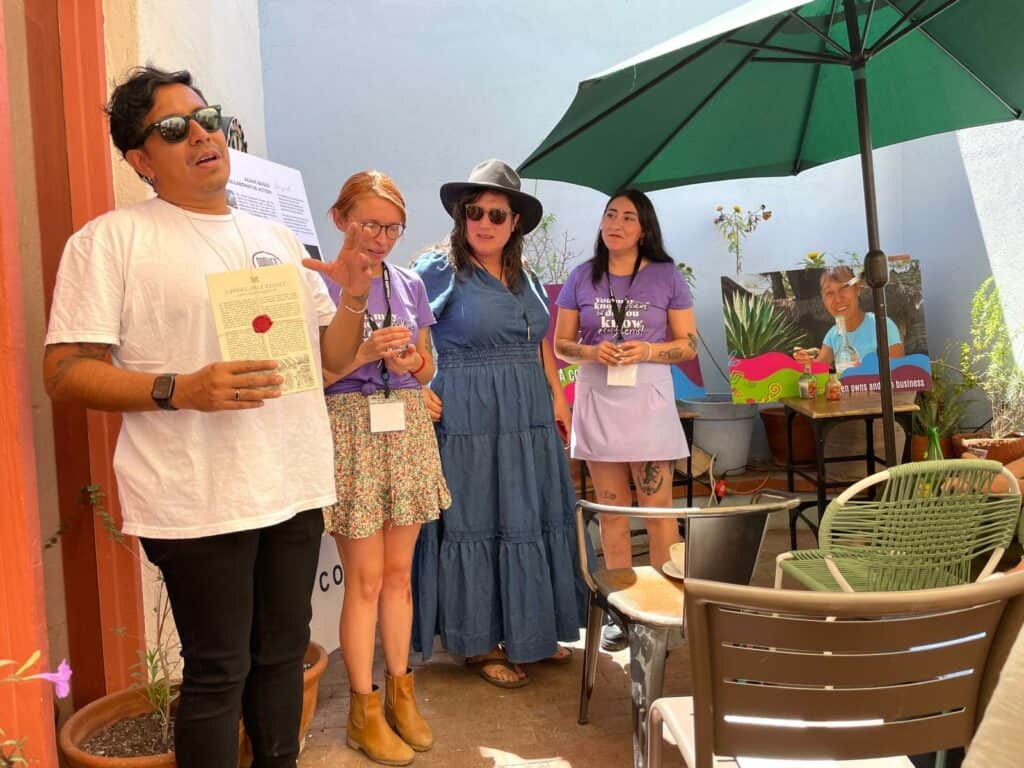
The general objective of the fund is to safeguard germplasm from wild agave species that includes full data tracking, showing the origins of the collected seeds.
There was also motivation to create a project that would make knowledge more accessible to agave producers and therefore encouraging best practices around biodiversity and conservation. Diana Pinzon from Zinacantan explained that Fondo Agavero offers mezcaleros help to “re-understand their land, the ecosystems associated with agave and the preservation of this natural wealth.”
Diana describes how Fondo Agavero began to take shape from a technical point of view. Zinacantan invited CENKO to participate, an NGO based in Sonora who has worked with the Bacanora Regulatory Council in order to improve agave production practices around bacanora. Subsequently the Patagonia-Arizona-based NGO Borderland Restoration Network joined, supporting the project by providing specific, technical assistance for the installation, management and operation of a low-cost, long-impact seed bank.
The seeds stored in the bank also carry the (free) collection permit granted by SEMARNAT, and are documented and traceable. Once in the bank, the seed will be subject to germination, viability, and purity tests. Diana says that through this analysis “the seed tells us the story of the plant and the bat.”
According to Diana, “85% of the seeds will be returned to the collecting communities within a maximum period of 5 years. Fondo Agavero will work with the communities to help create and implement a good management plan for the germination and establishment of new agaves.” The mission is for these to be grown organically, with an ecological plan, good soil and biodiversity conservation practices.


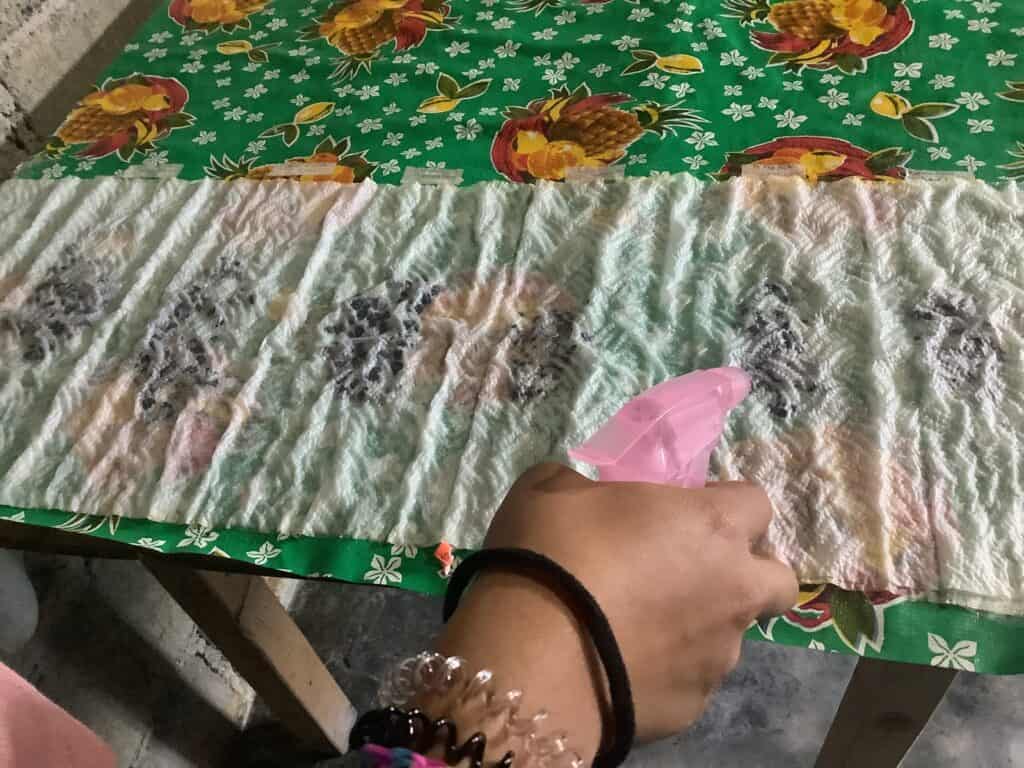
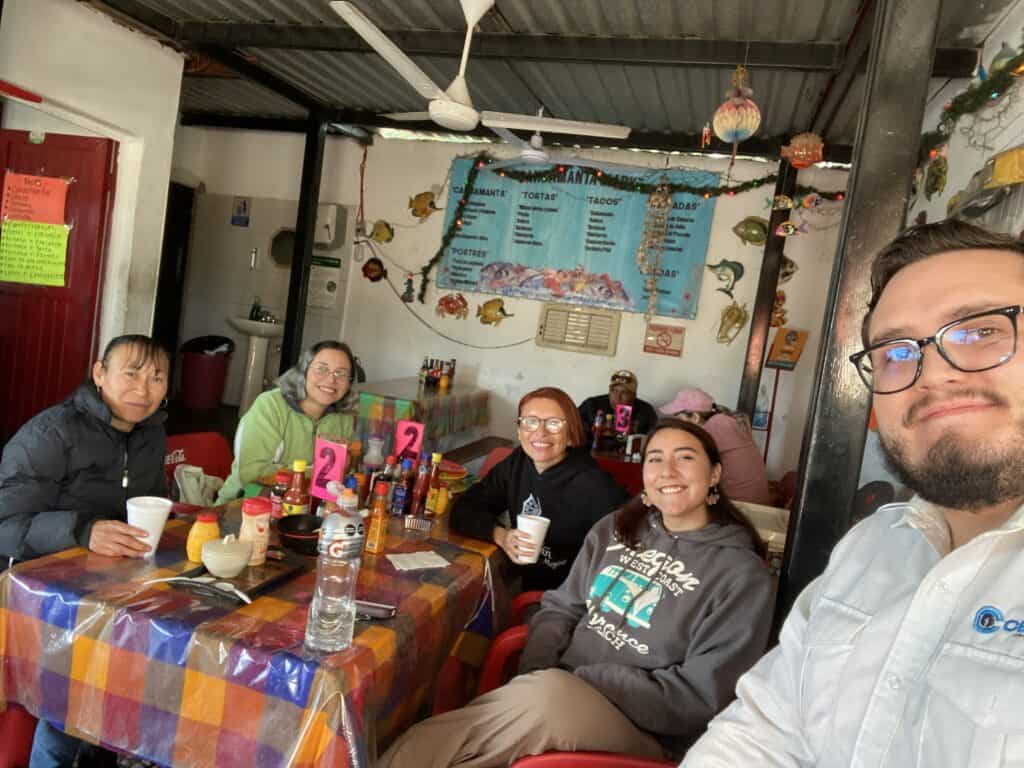
She plans for the remaining percentage of the seed to be donated to initiatives such as the Svalbard World Seed Bank in Norway, which has facilities for the preservation of long-term global genetic material. “To make this possible, the fund will initiate agreements with the Mexican government, taking care, above all, of the protection of these germplasms.”
The Fondo Agavero is a non-profit initiative. Administrative decisions are carried out by members of a committee. This committee is made up of representatives of each link in the Agave-Sotol-Distilled production chain (up to consumers). Diana explains that “It is not an easy exercise because each link in the production chain has different ideas and perspectives about distillates as a productive activity.”
You can support the work of Fondo Agavero by getting membership. “Membership fees will be used for the installation and the operation of seed banks as well as payment for technical assistance. The money will be administered by CENKO given its status as an NGO, but the money is prioritized according to the decisions of the committee members.”
As of the day of this interview, the following are contributors to Fondo Agavero: Zinacantan Mezcal, CENKO, Borderland Seed and Nursery, Chacolo Mezcal, Mezcal Vago, Mezcal Las Perlas, San Diego Mezcal, Afuera del Radar Imports and Mezcal Vientre.
Proyecto LAM – putting the focus on local
Although they both hold agave conservation and at their heart, Proyecto LAM has a different approach to Fondo Agavero.
Based in Santa Catarina Minas, the project is being grown by Graciela Angeles and her family, who are best known for making mezcal Real Minero. Proyecto LAM has been in development since 2019 and is named in honor of their father Don Lorenzo Angeles Mendoza..
As well as her brother Edgar, sisters Miriam and Adrianna and her daughter Jimena Matías, Graciela also works with a Dr. Carlos Lucio and biologist Matías Dominguez Laso to design and define what Proyecto LAM will become.
Visiting the site of Proyecto LAM is captivating – a wondrous garden, bursting at the seams with all kinds of agave – a must have experience for anyone exploring the world behind their sip of mezcal.
Despite a huge variety of agave on site, and a growing seed bank, she explains that they do not bring seeds from other regions of the state or the country. “The intention of the project is to maintain the balance of ecosystems. For that reason, the agaves that we propagate are only those that have historically been harvested. In the case of the wild ones that are propagated here, when they reach the size and age to be planted, they are returned to their natural habitat.”
On my first trip to the garden, I arrived, a little bewildered, at the big, brown, metal gates. Apart from the border of karwinski agave, there is little to indicate what you will find inside. But as the gate opened, I was absorbed by the wealth of plants.
I was guided through the space, from one curated section to the next. Each is designed to reflect the typical habitat of each represented agave family. The Americanas are particularly impressive – huge silvery structures sending up sky-scraping quiotes.


As the plants in the garden are not harvested for mezcal, they can complete their life and produce flowers and seeds, giving opportunity to study each step in this cycle. From these agave Graciela and her family have been collecting seeds. She remembers how at the start they worked “with a very basic infrastructure, storing seeds in Kraft paper bags.”
Many of the plants began their life while Don Lorenzo Angeles was still alive, well before the family began their close study of these rare agave. Although they can still be surprised by unexpected sprouting and flowering of these lesser known specimens, the Angeles family are carefully detailing what happens to each plant, which can be seen on the meticulous labels.
Each stage of the agave’s life cycle is documented with precision, explains Graciela: “every week the growth of the quiote is measured. Once the quiote has stopped growing, we begin to monitor the formation of the branches and flower buds. Once flowering begins, monitoring is given of how it evolves. From there we extract the seed, weigh it raw and separate the non-viable seeds from the viable ones.

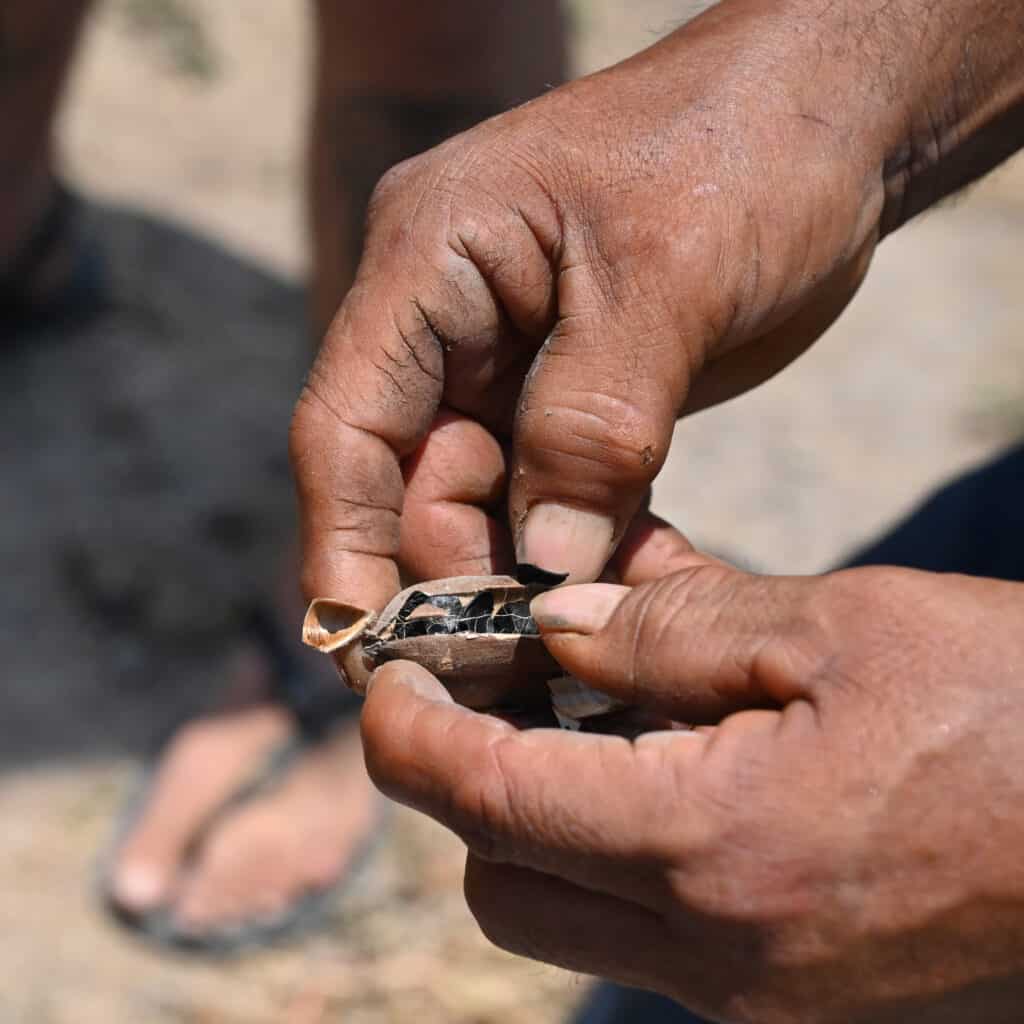

Then there is a second selection of the seeds to identify if the embryo was formed, after which the seeds are counted, weighed and stored. These are identified by a nomenclature that indicates the agave, the land from which the seed was obtained and the name. We also include the quiote number, because it may be that in one year we have several of the same species. So, since the seed lot is per plant, we need to number them.“
As part of a tour of the garden Graciela also showed me some examples of the seeds they collect and we shared a mezcal tasting while she explained the ideas that led to forming Proyecto LAM.
Graciela said that the concept began with the trail we had taken through the garden, and the development of the seed nursery. The aim was to teach people about maguey, “educating people on maguey issues, making them aware of the importance of conserving biodiversity and the importance of being able to conserve genetic material and seeds.”
They want to showcase how the propagation of agaves can be done through seeds. This is specifically highlighted to counter the practice of reproducing agave using only hijuelos or clones, a propagation method that can lead to reduced genetic quality for future agave and “expose the species to more new diseases and pests that the agave is not protected against.”

As well as the impact of over harvesting, agave is showing the effects of climate change. Graciela describes how she has “observed that the flowering periods of the agaves have been altered. Another effect that we have is a higher incidence of pests and diseases. So that threatens the life of the mother plants that have been maturing for fifteen, even twenty years.”
At Proyecto LAM they put an emphasis on understanding the pollinators and the pests. These efforts are specifically funded by the sales of batches of Real Minero mezcal that are labeled as special editions dedicated to the animals, bugs and plants that make up the agave’s rich habitat.



Graciela explains that since they began the project, the need to improve conditions for the protection of this seed bank has been increasing. “Mainly because each year we carry out new seed collections that are added to the germplasm bank and with this it is necessary to have an exclusive space for its protection, management and long-term conservation.”
The seed bank and affiliated education program was officially launched this year. The education program focuses on a method known as the Campesinos School. Graciela explains that this consists of the exchange of experiences between producers and campesinos who have developed certain knowledge in isolation.
Proyecto LAM hosts the Regional Meeting of Maguey Producers. For two days they meet with producers from different regions of Oaxaca, and more recently beyond. They come with a common interest in learning more about the management of maguey cultivation. She says “We shared the knowledge acquired in our work as campesinos and also reflection and coexistence to create mutual aid networks.”
“The LAM Project proposes that the transmission of knowledge must be horizontal, and that both researchers and farmers generate knowledge, so said knowledge must be shared under a system of equality.”
Proyecto LAM was developed with the support of Real Minero and AKRON a Mexican energy group that fosters initiates such as Proyecto LAM through their sustainability project “Ambassadors of the Earth”
AKRON describe how they are supporting the management of biological resources including agave, crops associated with the milpa and agroforestry systems. Specific support includes the construction of the new space for the Proyecto LAM’s seed bank. The building will allow the project to have autonomy both in infrastructure and in operation.The objective of the space is for the exchange of knowledge and sustainable methods. This space will benefit producers who come to share information, receive training or advice regarding the management of their seeds or their propagation.
Graciela explains that Proyecto LAM is not a community bank, “it is a seed bank that belongs to the project in the future. What is planned is to work to develop the technical, legal and operational mechanisms so that if someone has seeds that they want to protect, we can receive them.”
For Graciela a highpoint in their work with the garden of Proyecto LAM has been to see rare agaves flowering. “I believe that the moments of success have been these where we have obtained quiotes of species that my family, despite the fact that they have been doing this for many years, had never seen.” Hopefully the work of Fondo Agavero and Proyecto LAM will ensure that we will continue to be surprised by the flowering of rare and unexpected agave.
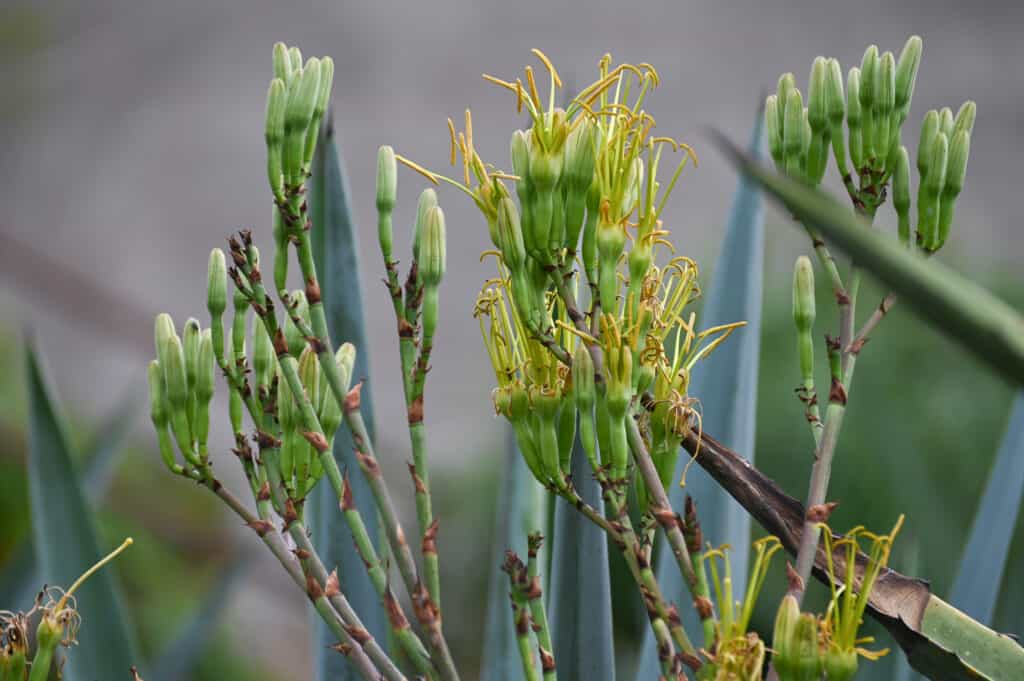
Although these projects are developing two very different concepts, their seed banks will create new hope for an agave industry under threat. Education will always be the greatest tool. These initiatives offer an essential platform for the dissemination of knowledge between mezcaleros and campesinos, while physically preserving the seeds for a biodiverse future of agave.
Diana sys it well: “We will have to leave our different perspectives outside the door and work for the common good. It is our responsibility given the environmental impact that this industry generates as well as the inequality that still exists between communities and the closing of final transactions of Distillates as a Business.”












Leave a Comment